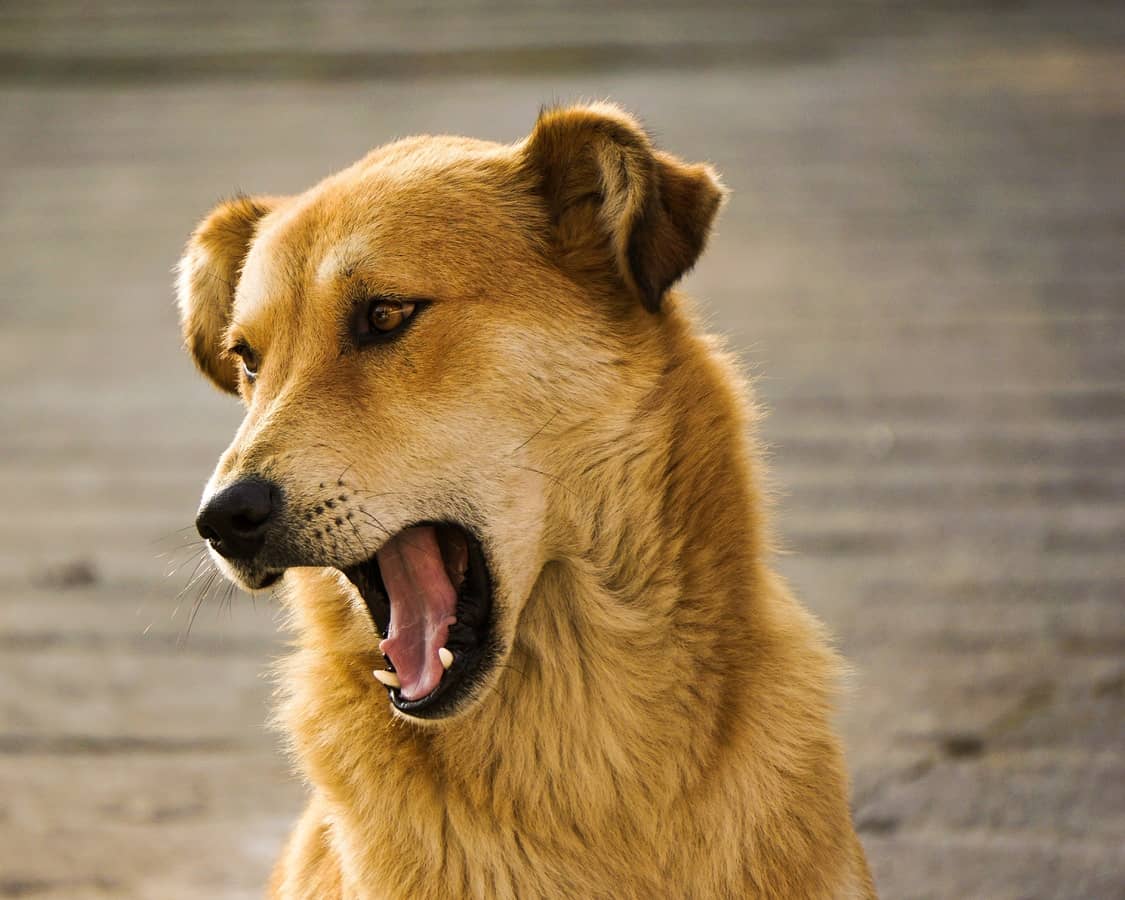Welcome to the world of dog ownership. You’re about to commit like no other to another living being, and now it’s time to equip yourself with the right tools for the job. This guide will provide you with everything you need to know about taking care of your new four-legged friend. Let’s start!
New Pet Parents Need to Make Many Adjustments
If you’re just getting started with your new dog, you may be wondering how much time and energy it takes to be a good pet parent. The truth is, there are many adjustments new dog owners must make in their lives.
For example, first-time dog owners need to learn about the responsibilities of owning a pet. They’ll also want to consider establishing boundaries for their dogs’ behavior and making sure they have plenty of training options available.
When it comes to taking care of your puppy’s needs, one thing is sure: your furry friend won’t eat just anything! You must find high-quality dog food for your pup to get all the nutrition he needs to grow strong and healthy.
And finally, there are some important considerations regarding what type of environment is best suited for each pup. You’ll want to do everything in your power not only because it will keep them happy but also because this can prevent behavioral issues down the road.
1. Anti-Barking Device
The best anti-barking device is essential to keep the peace in your home and avoid any issues with neighbors or apartment complexes. The device should be safe, humane, and adequate; easy to use; reasonably priced; portable to take with you; durable, and weatherproof. Since there are various barkers (including shock collars), it’s essential to determine which one will work best for your dog before purchasing anything.
2. A Comfortable Dog Bed
As a new dog owner, you may be wondering if your dog will even like the bed. Be sure that you purchase one that is comfortable and sturdy enough for them to get in and out of easily. They could also prefer something softer than a hardwood floor or a carpeted area. If your dog has arthritis problems, look into purchasing a memory foam bed or orthopedic cushion for them (if they’re not already using one).
3. The Right Food and Water Bowls
The most important thing to remember when choosing a dog bowl is that its size should match the size of your dog. Ideally, you want to find one about three inches deep for every ten pounds of weight. A shallow bowl won’t be deep enough to prevent your pup from gulping down his food so quickly that he doesn’t chew properly and can develop serious stomach problems.
A wide or narrow bowl will cause him to have difficulty eating because he has to stretch out his neck to reach all parts of it at once. The same goes for a tall bowl: unless they’re designed with shorter dogs in mind, they’ll be too high for them to lap water out quickly which means they may end up spilling their drinks or waiting until someone notices that they need refills!
4. Collar, Leash, and Tags
The collar, leash, and tags are the first things you will have to get for your new dog. The collar should be snug but not tight. The dog should be able to move its head freely without feeling any pain or discomfort. If the collar is too tight, it can cause sores on the neck and even damage the trachea, fatal if left untreated.
The length of a leash depends entirely on what you need it for. If you’re taking your dog for walks in an area where there aren’t many other people around (or any), then a short leash that allows them to explore their surroundings is acceptable; however, if there are lots of children running around or other dogs nearby then a longer leash would probably be better because it gives more distance between the two of you when they pull on it while exploring something interesting!
5. Grooming Supplies
Grooming supplies are an essential part of the dog ownership experience. The basics include a good quality brush, comb, nail clippers, and scissors (for cutting hair), toothbrush and toothpaste, shampoo, and conditioner. It’s also important to have soft towels for drying your dog after baths or after they’ve rolled in something stinky like dead fish.
Other pet-specific products you’ll want to keep on hand include mousetraps; flea collars; tick repellent sprays; shampoos designed specifically for dogs (or cats); doggie daycare passes or boarding reservations at a local kennel if you’re going out of town; ID tags or microchips if your pet is spayed/neutered but not yet wearing identification; treats if they are still young puppies who haven’t been housebroken yet (which means they will require frequent trips outside).
6. Toys, Treat Dispensers, and Chew Items
Buying toys, treat dispensers, and chew items for your dog is a great way to give them something to do while you are away. Many different toys can keep your dog occupied while you are away from home.
Toys that squeak or make noise when they get tossed or hit on the ground will be fun for them to get out of their mouths and entertain themselves in front of their food bowl. Puzzle toys are also great for dogs who like to solve problems (like us humans). If you have more than one dog, it is a good idea to buy different treats so that each one gets something different since dogs don’t always share well!
Chew items such as bones and bully sticks can help prevent destructive chewing from occurring on household furniture by keeping their teeth strong and healthy while providing mental stimulation at the same time (which makes them less likely to engage in other undesirable behaviors such as barking at passersby).
Treat dispensers provide another way for owners who want their pets fed automatically over long periods without having constant supervision over them during feeding times; this option may be beneficial if someone works full-time outside the home but still wants their pet fed regularly throughout the day when they’re gone!
7. Dog Gates or Barriers to Prevent Accidents
It’s essential to have a solution to block off areas where your dog can’t get into or is forbidden from entering. Gates and barriers are the best way to keep your pup out of harm’s way, as long as you use them correctly. Using a gate or barrier can be tricky because they don’t work if they’re not properly installed or used.
If you try using multiple gates side-by-side, your dog will knock them over and make a bigger mess. You have to think about where you need the gate, what kind of traffic it will see (should it be able to withstand more than just one person), and whether your dog can jump over it (if so, consider an extra tall gate). Also Read – Tips For Small Dog Owners
8. Dog-Safe First Aid Kit
If you have a new dog, it’s essential to have a first aid kit on hand with the tools and supplies necessary to care for her in case of injury. A good kit should include:
- Sterile gauze pads
- Non-stick bandages
- Hydrogen peroxide (to clean wounds)
- Antibiotic ointment
- Scissors (to cut away clothing or material that must be removed from the wound)
- Tweezers (for removing splinters)
- Cotton swabs (for cleaning wounds) and medical tape
You may also want to include pain relievers such as ibuprofen or acetaminophen (but never aspirin), safe for dogs in small doses.
If your dog sustains a severe injury, call your vet immediately for instructions on how best to treat it at home until you can get them there safely. If possible, keep her calm by wrapping her in something soft like an old towel before transporting her this will help prevent injuries during travel that could make matters worse!
These are some essential things you must get as soon as you get a dog. Besides these things, you will need many more, but as you start to live with your pup, you will figure out what to buy. Wishing you all the best on your adventure with a four-legged buddy.



